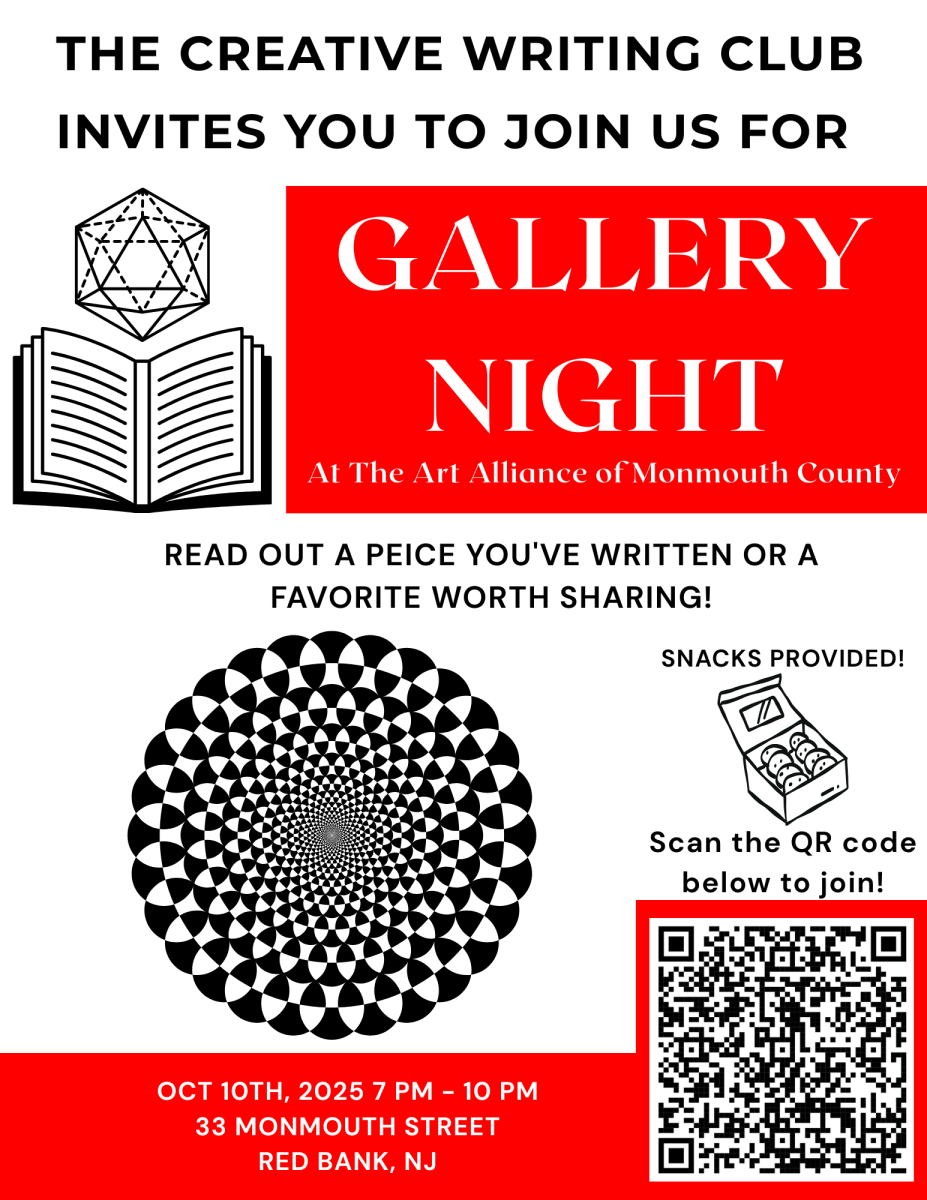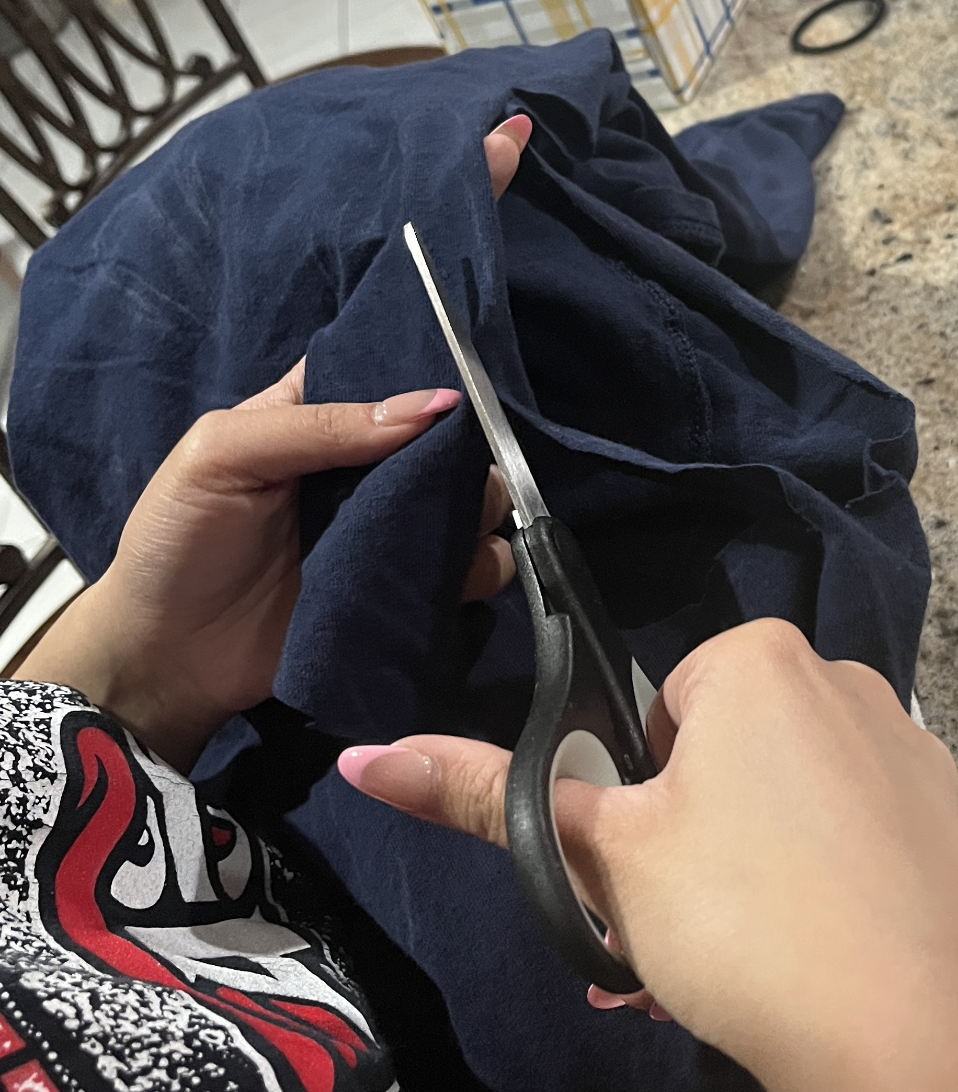Columnist Takes a Deep Dive into ‘Raggedy Ann,’ the Musical, and the Power of a NY Times Review
October 19, 2020
I love a musical that is unafraid to take some brash steps. I enjoy nothing more than a new musical shattering the normalcy that surrounds its neighboring theaters. I do love the classics of the musical theatre genre, “Cinderella,” “Carousel,” “The Music Man,” “Oklahoma,” etc. However, I would rather a musical make me uncomfortable than welcome me back into a lull of boredom and tiring expectation.
Thus, when I heard of Ken Mendelbaulm’s book “Not Since Carrie: Forty Years of Broadway Flops,” I was sure to track down and purchase a copy immediately. The book is a theatrical lover’s dream of the bizarre. As you can imagine, it soon became my Bible.
I was reading the book one day and suddenly came upon a chapter entirely dedicated to “Raggedy Ann.” Immediately, I was horrified. I could only imagine what horrors some whacko producers had created. My mind went immediately to some sort of horrible marionette-style musical. Intrigued, I began to read Ken’s short synopsis:
“Raggedy Ann had strong similarities to The Wizard of Oz and Peter Pan, but it was difficult to follow and never managed, as those musicals did, to come up with a coherent plot. The entire show was the fever dream of a sick child, called Marcella in the musical as in real life, whose father is a drunk and whose mother has run off. The father gives Marcella a doll, which comes to life, and Raggedy Ann and her friends, to show their gratitude for Marcella bringing them to life, help her to stay alive by outwitting General Doom and bringing Marcella to the doll doctor in Los Angeles. The Doll Doctor turns out to be Marcella’s father; Raggedy Ann makes the supreme sacrifice and gives her heart to Marcella, and Marcella wakes from her dream, healthy, although her doll’s heart seems to have disappeared.”
My brain was constantly buzzing as I read on. The things he was describing, were they real? Was the story about a dying young girl? Was the personification of death the antagonist? Is her father an alcoholic? I sat and stared at the book. I was completely and utterly aghast.
As any 21st Century Broadway lover does, I raced to the internet. Upon searching on Google, I found the show’s plot synopsis and a few pictures. The costumes were not what I was expecting, and are all together rather tame, a few stitches of makeup and a replica of the doll’s outfit on a leading lady.
The pictures of the ensemble showcase something rather wild, a woman dressed as a sexy bat. But I couldn’t imagine that being horrifying, other than to a few conservatives. I was a tad confused and disoriented. It must be the music that is horrifying and shocking. I searched YouTube and found an audio bootleg of the show’s run on Broadway. I put my headphones on, stared at the ceiling, and braced myself.
The show’s score, composed by Joe Raposo, sounds exactly how you would expect a Raggedy Ann musical to sound. It was bubbly and free-flowing, with a bit of a country sound tied to the bottom of each song’s musicality. I even found myself humming along at one point.
I assured myself that the horror was then within the lyrics or script. I was missing a vital piece of this musical, after all, I cannot witness it in real-time. So, I listened to the whole bootleg from start to finish. It was recorded on what I assume is a tape recorder (it was 1986.) The audio was naturally a bit fuzzy. But I listened for a whole two hours. What I found, has quickly become one of my favorite musicals. To fully explain why I must take you back in time to the ’80s, grab your scrunchie and shoulder pads.
The year was 1986. “That’s What Friends Are For” was ruling the Billboard charts, and Princess Di was on everyone’s TV screen. Shoulder pads were in, and everyone’s hair added almost an extra foot to their height. Through the cloud of hairspray and techno music, there was something more sinister at play. The political tensions between the U.S. and the Soviet Union had reached an all-time high. The threat of a nuclear war lurked behind every corner. Politicians were scrambling for peace and were at the end of their rope.
Enter into the picture Patricia Snyder. Snyder was an associate professor at the State University of New York. It was there she began to direct large-scale student productions that were critically acclaimed. One student production of “The Wizard of Oz” actually made its way to Moscow in 1974. New York officials quickly took note of Snyder’s rampant success with arts education and created the Empire State Youth Theatre Institute or ESYTI. Snyder quickly set her sights on The Empire State Performing Arts Center or as it is better known, “The Egg.” It was within the egg that she formed The Empire State Institute for The Performing Arts (ESIPA.)
Snyder’s implementation of education through theater quickly became national news. Hundreds of directors, producers, playwrights and composers began to flock to ESIPA to lend their talents. One such talent was Joe Raposo, the longtime composer of “Sesame Street.” Snyder quickly came to Raposo with the idea of creating a musical around “Raggedy Ann.” From there, the pair then contacted William Gibson. Gibson is a Tony-award winning playwright and was disinterested in the project at first. The talented trio then went full steam ahead with the project. They created the musical “Raggedy Ann.” The musical premiered at “The Egg” in December of 1984.
“Raggedy Ann” premiered with astounding success. Crowds flocked to see the new production, featuring America’s favorite ragdoll. It was here the musical caught the attention of Snyder’s dear friend, Natalya Sats. Natalya Sats, of the U.S.S.R., immediately insisted Snyder and “Raggedy Ann” come to the U.S.S.R. themselves.
This was going to be the Soviet Union’s first cultural exchange ever. For the U.S. to be the first to send artists spoke political volumes. Both governments would need to come to an impasse, to allow the exchange to take place. However, in December of 1985, an exchange agreement between the U.S and U.S.S.R. was enacted. Giving “Raggedy” and company the green light for their first international performances.
The U.S. media quickly took note of this tremendous occasion. Hundreds of papers wrote about the exchange, and the show had become more popular than ever. In the U.S.S.R., the show had completely sold out. The show ran from January 6-12 and sold out each night. Some of the performances were actually visited by high-ranking Muscovites. Pytor Demichev, minister of culture, attended the show’s last performance. He even personally thanked each of the performers for their kindness backstage. “Raggedy Ann” was a success in the Soviet Union.
As the company returned home, the U.S. was buzzing with the “Raggedy Ann” craze. The show’s producers quickly announced the show would be coming to Broadway. The show would run during the holidays, opening in October of 1986. Parents rushed for the perfect Christmas gift, and soon Raggedy Ann’s preview performances had become quite crowded.
As opening night befell Raggedy Ann, critics had begun to publish their reviews. Frank Rich of the New York Times wrote a scathing review. “What makes the script unpalatable is not so much the old formula Mr. Gibson trots out, but his pretentious exploitation of it. Raggedy Ann is loaded with psychoanalytic subtext — sex, death, and even a Holocaustal mass grave are always peeking through Marcella’s nightmares.” The New York times led the theatrical review section through the 80s, and “Raggedy Ann” had become one of its many victims.
The show then promptly closed two days later.
As you can imagine, this had done more than piqued my interest. Learning its history has only made me MORE interested. I searched for material regarding the production but knew there was only one way to get the answers I desired. I needed to speak with Raggedy Ann herself. I needed to speak with Ivy Austin. Through some exhausting research I found her email, and quickly posed all my questions as such: “WHAT? WHY? WHEN? HOW?”
Unfazed by my utter horrifying onslaught of questions, she began to write me back. She quickly answered any and all questions I had about the show. She was more than willing to speak openly about the show and its production. I summoned all of my courage and asked her for an interview. She responded “Of course!” and I may have squealed.
We spoke for almost an hour about the show. I asked her an absurd amount of questions, which she was so kind to answer. I was most interested in the reviews, the show’s closing, and her trip to the U.S.S.R. I am including the most fruitful answers, which sum up the show’s journey perfectly. I asked her first about the crowd and the audience.
“The audiences were wonderful. I cannot remember an audience in ESIPA, Moscow or Broadway, that I felt rejected the show. The reviews on opening night were shocking to us all.”
I then asked the most fruitful question of, what happened?
“Everything hinged on the New York Times review. We had an opening night party, at Sardi’s, and I did my walk-in! I had a table, it was unreal. After that, I remember being with Joe (Raposo), Patricia (Snyder), and Pat (Birch), and the party was over. We were at another venue celebrating, and someone came in with a newspaper. We read the reviews and everyone’s heart sank. An announcement was made on closing night. Then, we went home”.
I also spoke with Patricia Snyder, the original producer, and creator of the show. I asked about the show’s production, and of course, what happened?
“It was just one bad review after another. Though I knew the show had changed since ESIPA. The music was the same, the script was the same, Ivy (Austin, A.KA. Raggedy Ann) was the same, yet something felt different.”
I asked her about the show’s subject matter, and the reviewers pointing out the adult themes.
“Children are much brighter than adults give them credit for. ‘Variety’ reviewed the show in the beginning and loved the show… I never thought we were talking about adult themes. Children lose pets, children lose loved ones. Why should we not provide them comfort and relatability?”
I asked her about the production aspect of the show, and why the show closed so quickly.
“The circumstances around the show were unfortunate. I feel as though many decisions were made that should not have been made.”
I thanked them both extensively for their time. I then returned to my desk, and sat and thought about the show. I did one last Google search and found what I was looking for—positive reviews. Not only that, but fans of the show discussing it on online forums. The show has a fanbase. Hundreds of people praised the show’s creativity, costumes and story, even noting that Austin’s performance was “Tony worthy,” to which I agree.
I knew then that Raggedy Ann’s classification as a “flop” wasn’t due to its perception of being “good” or “bad,” but rather a victim of over-critical, discourteous reviewers. Theatrical reviewing should be as critical as possible. But it should be 100 percent constructive criticism. I question whether calling a show ‘unpalatable’ and mentioning some buzzwords does any good.
I hope one day that “Raggedy Ann” has a second life. The show is fun, thought-provoking and downright catchy. The creative source material is there and needs only a wonderful director to bring it to life. I only hope the same imaginative, creative, and wonderful songs are kept intact.
I leave you all with this quote:
“It is much more valuable to look for the strength in others. You can gain nothing by criticizing their imperfections,” – Daisaku Ikeda.

























